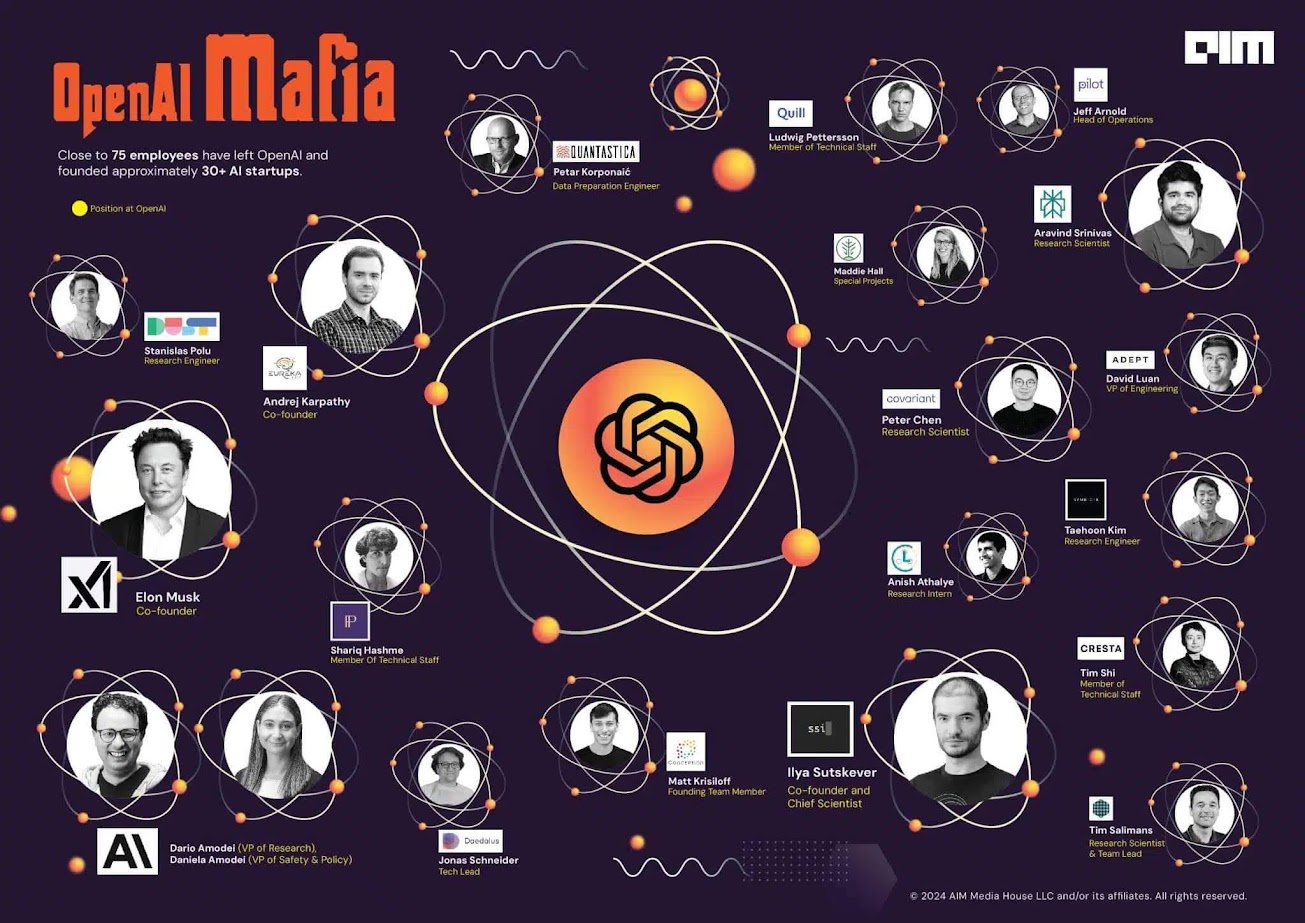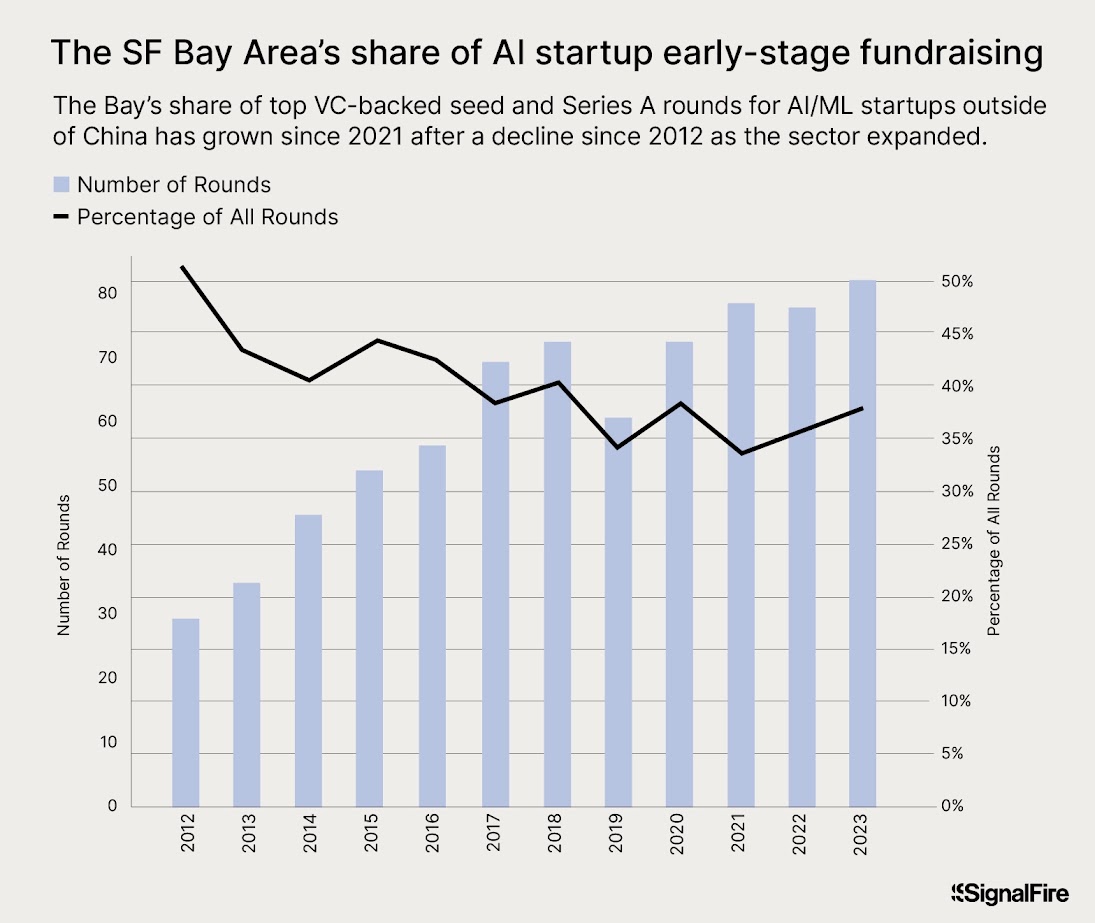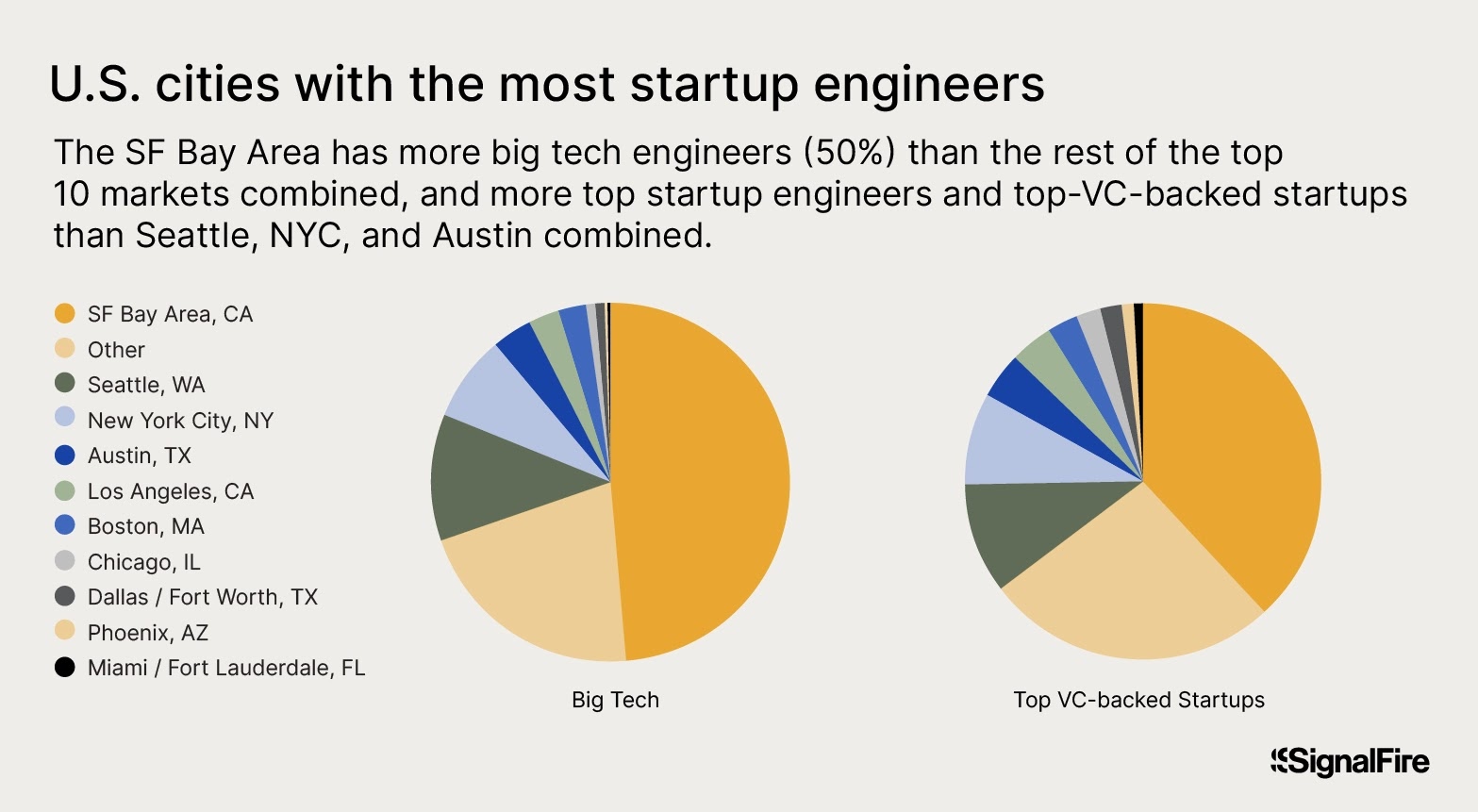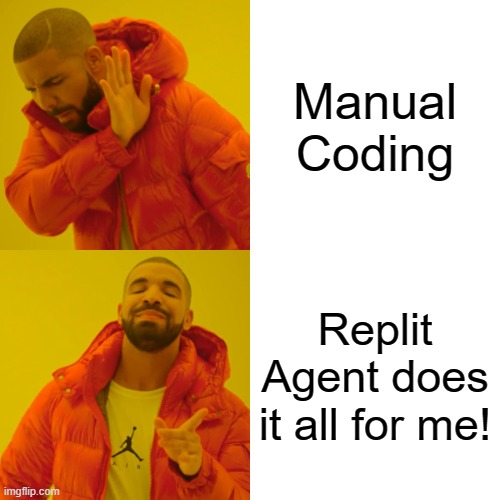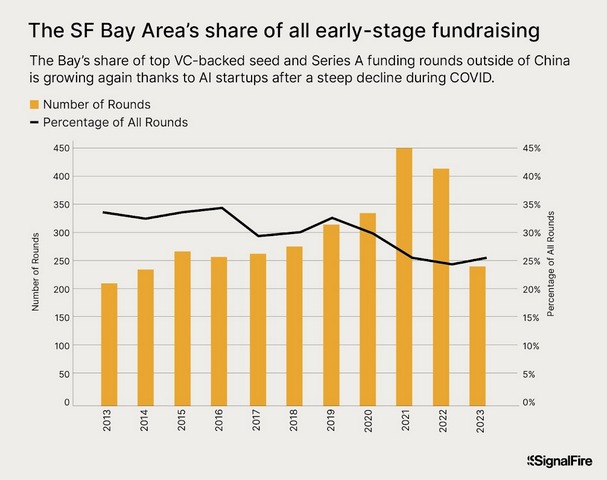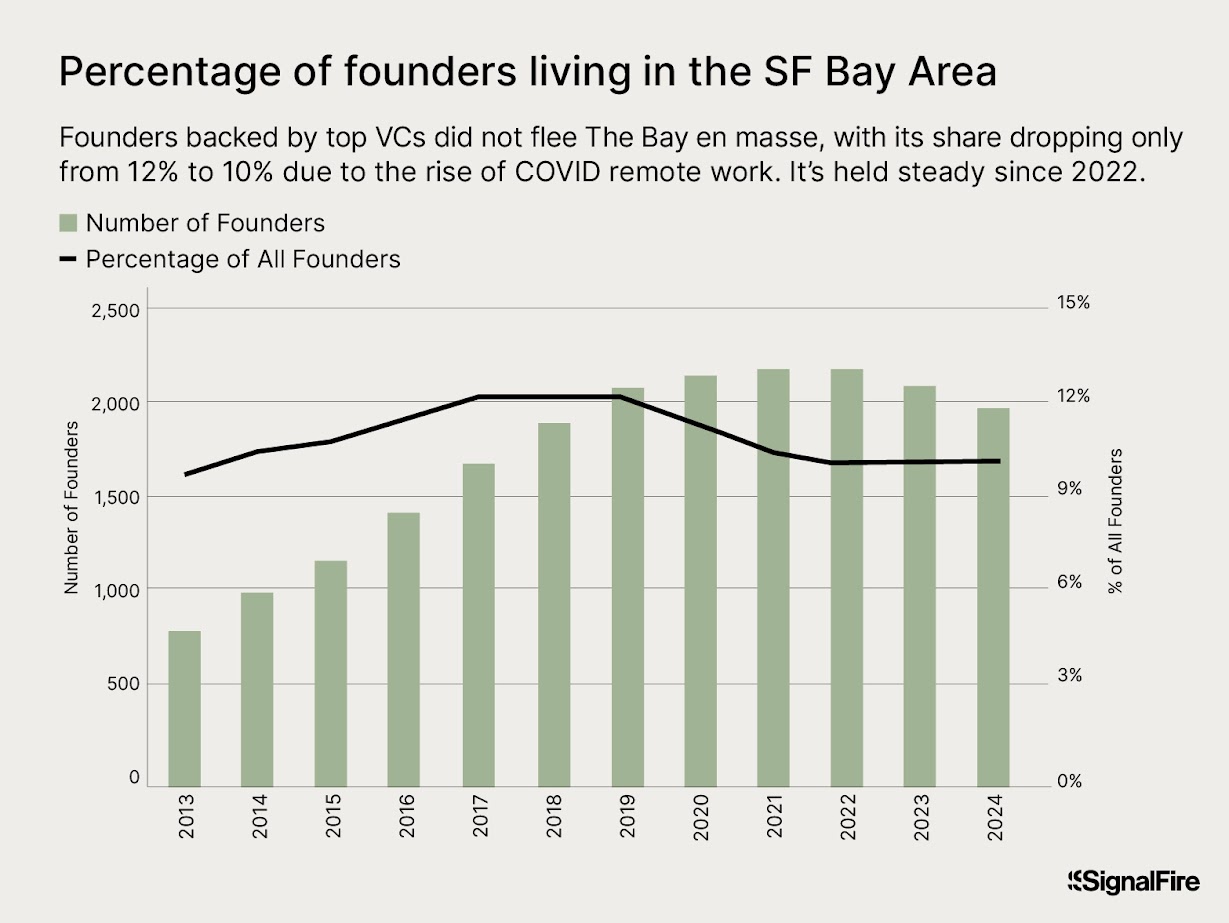Hey everyone,
Today, I want to share my thoughts on a recent development in the tech world that has caught my attention. It’s about Sonos, the company known for its high-quality home audio systems. Recently, they faced a significant setback with the relaunch of their app, and I believe there’s a lot we can learn from their experience.
The Misstep
Sonos decided to expand their product line by introducing the Ace headphones. While this move was aimed at attracting new customers, it unfortunately alienated their loyal fan base. Instead of strengthening their relationship with existing customers, Sonos prioritized acquiring new ones. This decision led to a series of mistakes during the app relaunch, resulting in a flawed product release.
The Fallout
The consequences of this misstep were severe. Sonos experienced a drop in revenue and had to let go of over 100 employees. Additionally, future product releases were delayed, adding to the company’s woes. According to TechCrunch, these delays have left Sonos struggling to regain its footing in the competitive home audio market.
The Recovery Plan
Despite these challenges, Sonos hasn’t given up. They’ve outlined a comprehensive plan to turn things around and rebuild trust with their customers. Here are the seven key commitments Sonos has made:
1. **Unwavering Focus on Customer Experience**: Sonos is committed to ensuring that their customers have the best possible experience with their products.
2. **Humility in Making Changes**: They’re willing to make necessary adjustments, even if it means admitting past mistakes.
3. **Extended Warranties**: To reassure customers, Sonos is extending the warranties on their home theater products and speakers by an additional year.
4. **Appointment of a Quality Ombudsman**: This role will act as a bridge between employees and management, addressing any issues that arise during product development.
5. **Customer Advisory Council**: Sonos is creating a platform where users can provide feedback to help shape future software and product releases.
6. **Transparency Reports**: The Quality Ombudsman will prepare biannual reports to keep everyone informed about the company’s progress and challenges.
7. **Leadership Accountability**: Sonos has canceled executive bonuses from October 2024 to September 2025 if they fail to improve app quality and restore customer trust.
Moving Forward
Sonos is optimistic about the future. They claim that many of these initiatives are already in motion, with the rest set to roll out later this year. Impressively, they’ve managed to restore over 80% of the features removed from their app, with nearly all set to return in the coming weeks.
Patrick Spens, Sonos’ CEO, emphasized their commitment to fixing the app issues. He stated, “Our priority since the app launch has been to fix it. There were mistakes, and we first took a deep dive to understand how we got here, and then moved on to turning that knowledge into action. We intend to make changes to become a brand that people love again by offering the best home and beyond audio system.”
Conclusion
Sonos’ experience serves as a valuable lesson for businesses everywhere. Balancing the acquisition of new customers with maintaining relationships with existing ones is crucial. Additionally, transparency, accountability, and a genuine commitment to customer satisfaction can help companies navigate through tough times and emerge stronger.
Read the article: “The Power of Pursuing Your Passion”



